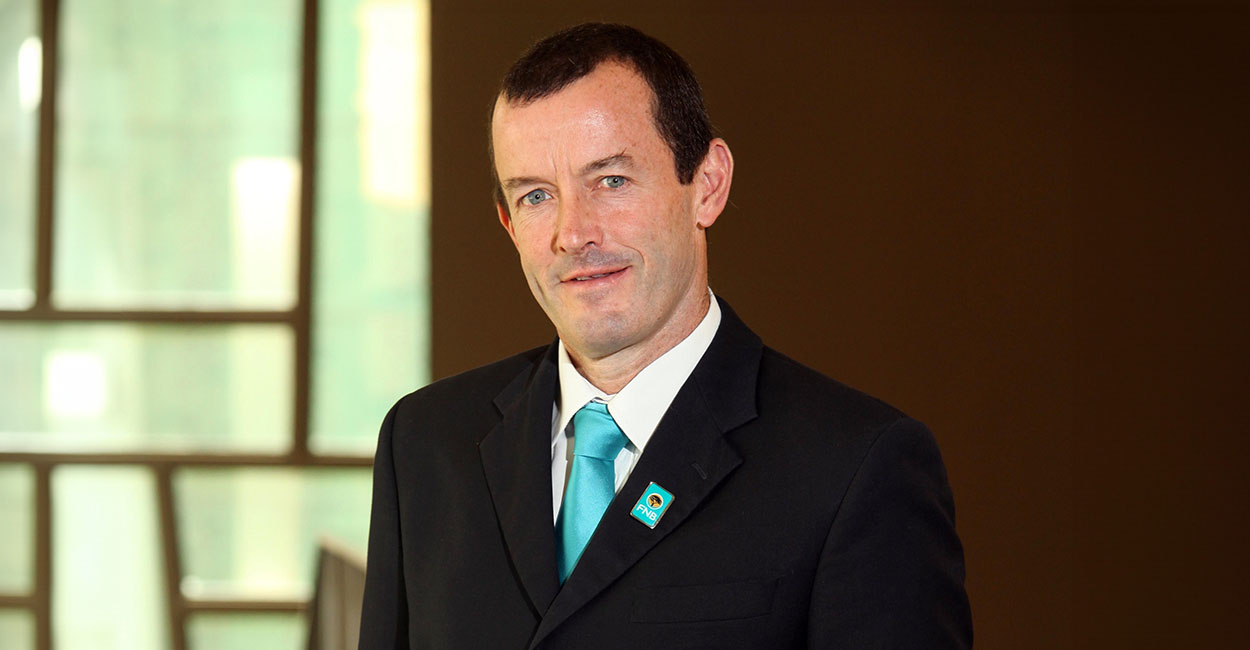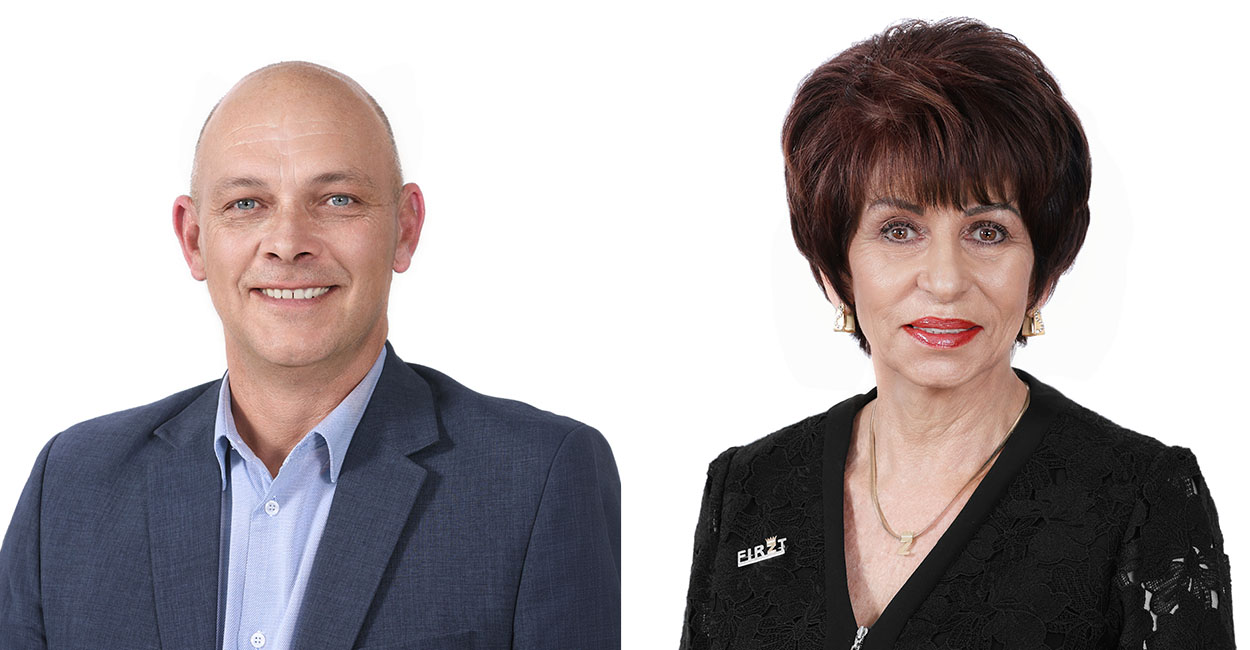Editor
During what is unarguably a tough economic environment, buyers can find it difficult to get financing for their new homes or to make necessary home improvements. There is good news for those in the affordable housing market, as well as those seeking to make alterations in the form of First Home Finance developed by the Department of Human Settlements, and HomeVision from Nedbank (click here if you want to skip to this section).
Let’s start with FHF
Formerly known as FLISP, First Home Finance offers subsidies for low to middle-income households earning between R3 501 and R22 000 per month. FHF works on a sliding scale, the more you earn, the less you qualify for, however, the minimum subsidy (for those earning R22,000.00 per month) has been increased from R30 001.00 to R38,911.40. Earners at the lower end of the scale (R3 501), can qualify for a subsidy of up to R169,265.00.
More flexibility
Meyer de Waal, director of MDW Attorneys, Notaries, and Conveyancers explains that in addition to higher subsidy amounts, FHF can now also be applied more broadly. The subsidies are no longer tied exclusively to the condition of approved home loan finance, offering greater flexibility and accessibility. As of 1 April 2022, to qualify for a first-time buyer subsidy, you can get financial assistance to buy a property in the form of:
- Mortgage loans
- Unsecured housing loans from any lender registered with the National Credit Regulator.
- Pension Backed Housing loans granted or guaranteed by a Pension or Provident Fun
- Housing loans granted by a Community-Based Savings Scheme, such as Stokvels and Co-operatives.
- Household’s resources or savings.
- Housing loans supported by Employer-Based Housing Schemes such as
Government Employees Housing Scheme for government employees; and
Private sector employers with Employer Assisted Housing Schemes (EAHS). - Instalment Sale agreements.
- Rent to Buy agreements.
- Housing loans supported by Permission-to-Occupy (PTOs) issued by government-recognised Traditional Authorities to enable the delivery of the subsidy in rural areas.
You can apply retroactively
De Waal notes that there is fantastic news for current first homeowners, “If you have never applied for the subsidy before, you now have the opportunity to apply retrospectively, allowing you to potentially benefit from this initiative. The application process differs depending on the institution you choose”.
He refers to opting to apply through the National Housing Finance Corporation (NHFC), you can submit your retrospective application even if you completed the property transfer several years ago.
However, if you prefer to apply through the Department of Human Infrastructure (previously Human Settlements) in the Western Cape, it is crucial to note that you must submit your application within six months of completing the property transfer.
It’s worth highlighting that residents of the Western Cape are not restricted solely to applying through the NHFC. As Francois Du Toit of the MDW INC Subsidy team points out, “Nothing, however, prevents a first homeowner that lives in the Western Cape from applying through the NHFC.” This means that individuals residing in this region have multiple avenues to explore when seeking assistance with late subsidy applications.
To check whether you qualify for the late subsidy payment, click here for a quick online check.
How to use the subsidy
The subsidy can be utilized in two different ways:
- either to reduce the home loan amount and apply for a lower home loan,
or a
- as a deposit to augment the purchase price.
This is how it can be applied:
| REDUCE THE HOME LOAN AMOUNT | USE AS A DEPOSIT TO AUGMENT THE PURCHASE PRICE | ||
| Purchase price | R600 000.00 | Bond approved for | R600 000.00 |
| Less: Subsidy on income of R21 674.00 per month | R40 327.00 | Plus: Subsidy on an income of R21 674.00 per month | R40 327.00 |
| Balance home loan required | R559 673.00 | Total purchase price | R640 327.00 |
Having a deposit available when purchasing a property not only enhances your eligibility for a home loan but also empowers you to secure the best possible interest rate, compared to applying for a 100% home loan.
While it’s true that most home buyers will require a deposit when purchasing a property, it’s essential to consider the additional cash needed to cover transfer and bond registration fees and costs, unless these expenses are included in the purchase price, which is usually the case in new development purchases.
Let’s say a bank requires a 5% deposit for a bond application of R600,000. In this scenario, the buyer must have an additional R30,000 available as a deposit.
Fortunately, the First Home Finance subsidy can potentially cover the deposit and legal fees, making homeownership more attainable.
One crucial factor to consider when determining the affordability of a home loan is the interest rate applied.
The subsidy can be utilized to reduce the home loan amount, enabling first-time home buyers to apply for a lower loan.
By applying for a lower loan amount compared to the purchase price, borrowers can often negotiate a more favourable interest rate with financial institutions.
HomeVision
HomeVision, a product developed by Nedbank, allows buyers to register higher loan amounts at the Deeds Office (up to 30% more than the property price, up to a maximum of R5 million) so that if they need extra money at a later stage, a portion or all of it can be applied for easily after a few quick checks.
The benefit is that buyers won’t have to apply for a further loan down the line, which can be a lengthy process and will cost additional registration fees. HomeVision allows buyers to apply for some or all of these extra funds subject to an affordability check and property evaluation. See the full terms and conditions.
How it works
Should a buyer purchase a home for R1 million and would like an additional R300,000 as extra funds, they could apply for up to R1.3 million which will then be registered at the Deeds Office. The R1 million home loan amount will be paid to the seller and the R300,000 put in reserve to be accessed at a later stage. These surplus funds are referred to as a readvance.
This means that the monthly loan payments will be based on the R1 million home loan, and not on the registered R1.3 million, so only the agreed home loan amount will be due each month. Only once the homeowner has applied for the readvance funds, and begun using them, will the interest rate and monthly instalment be reassessed. The biggest benefit is that the R300,000 readvance amount will already be registered at the Deeds Office – saving on paperwork, time, and the costs of registering another loan. The process is therefore easier and quicker than applying for another loan. Nedbank will only need to do an affordability check and a property valuation to release the funds.








